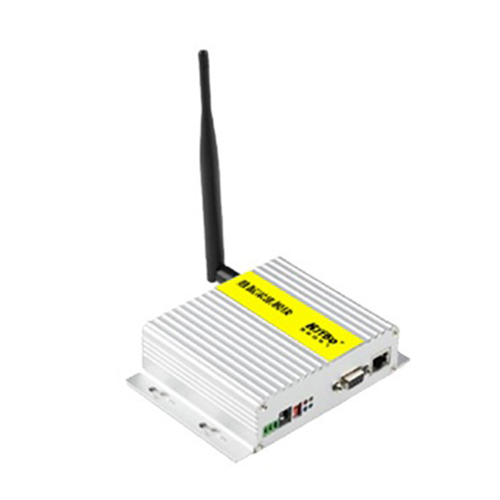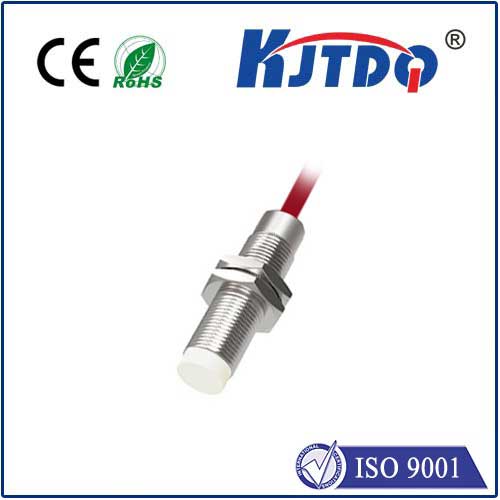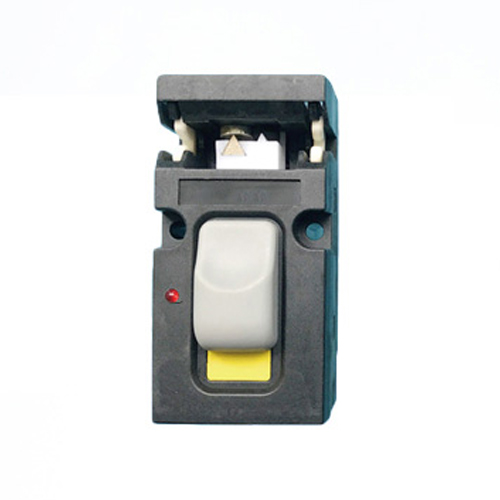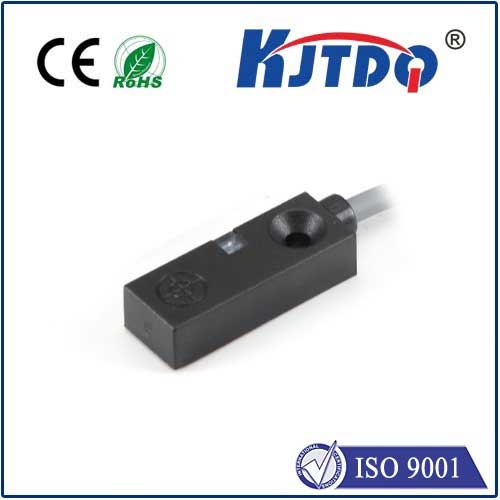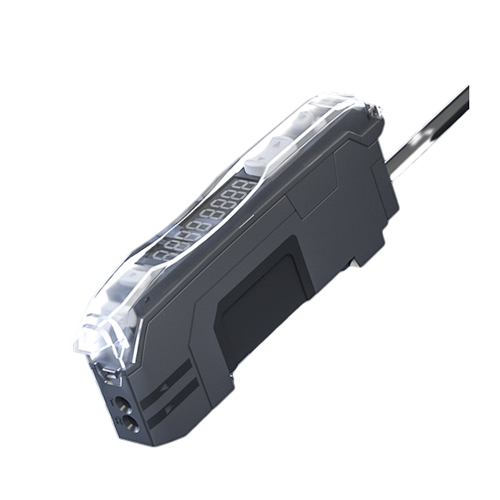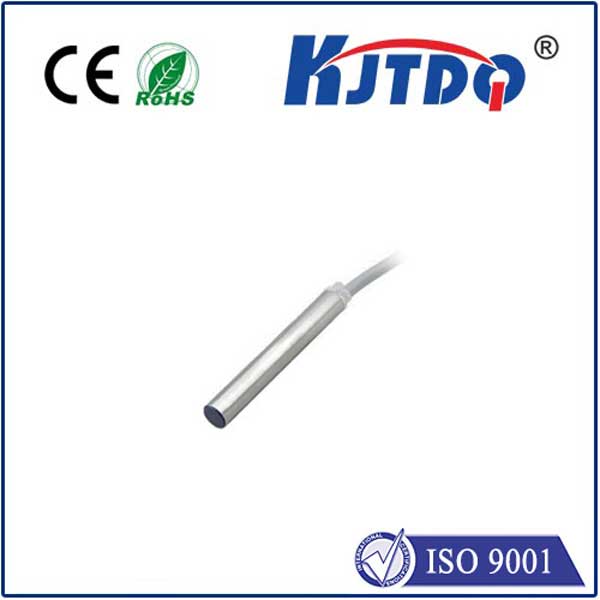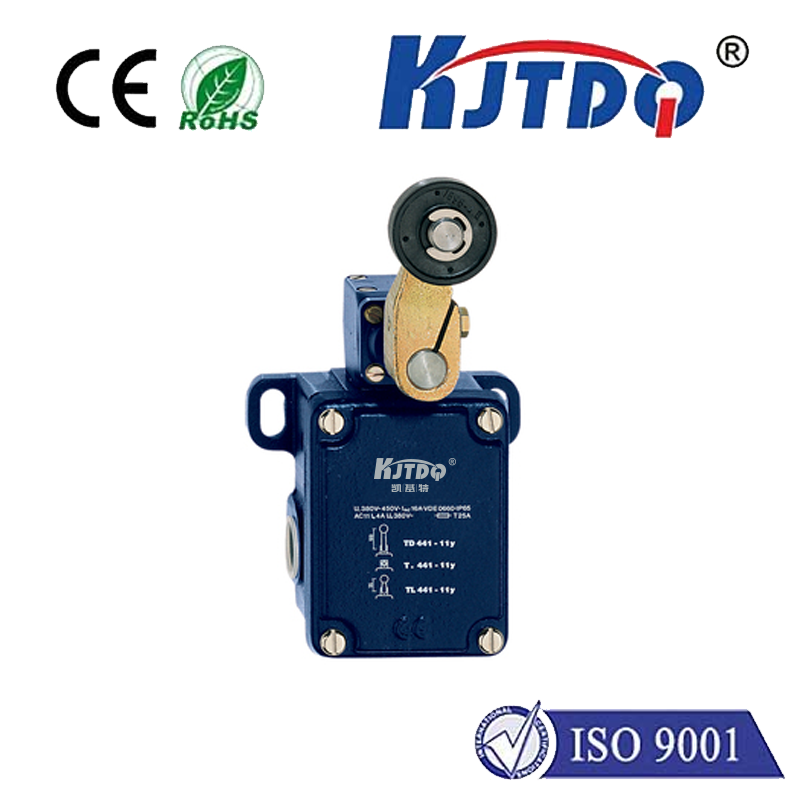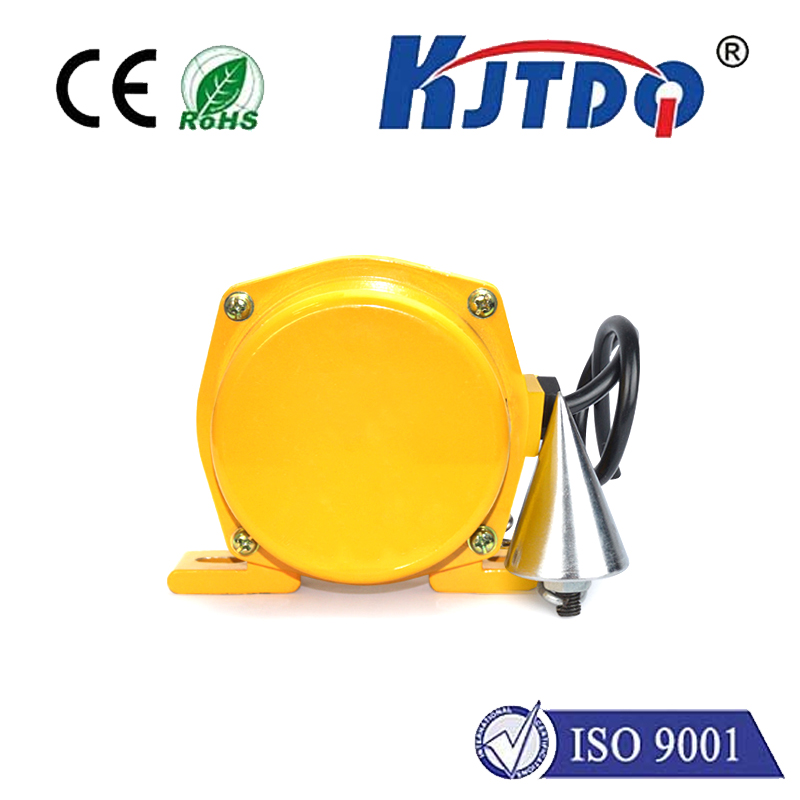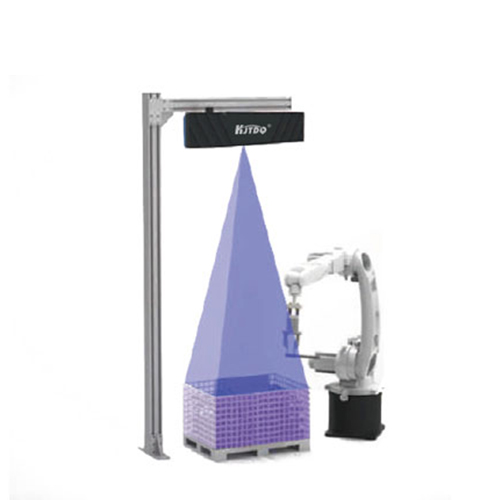Работа фотоэлектрических датчиков
- time:2025-07-26 01:21:52
- Нажмите:0
How Photosensors Work: Illuminating the Science of Light Detection
What if everyday machines could literally “see” light? From automatic doors that welcome your approach to smartphones optimizing screen brightness, photosensors are the unseen eyes of our technological world. These remarkable devices convert light energy – whether from the sun, an LED, or a laser – into measurable electrical signals, enabling countless automated and responsive systems. Understanding the fundamental principles behind photosensor operation reveals the elegance of bridging the physical and electronic realms.
At its core, a photosensor functions as a transducer: it transforms one form of energy (light photons) into another (electrical current or voltage). This transformation hinges primarily on the photoelectric effect, a phenomenon first explained by Einstein that earned him the Nobel Prize. When photons, the fundamental particles of light, strike certain materials (semiconductors like silicon are most common), they can transfer enough energy to liberate electrons from their atomic bonds. These freed electrons become charge carriers, generating an electrical signal proportional to the intensity of the incident light.

The specific mechanism varies depending on the type of photosensor:
- Photodiodes: These are the most prevalent and fundamental photodetectors. Operated typically in reverse bias mode, their primary function is light intensity measurement. In darkness, only a tiny leakage current flows. When light hits the semiconductor’s PN junction, photons create electron-hole pairs. The internal electric field within the depletion region swiftly sweeps these charge carriers apart – electrons toward the positive terminal (anode) and holes toward the negative terminal (cathode) – generating a photocurrent directly proportional to the light flux. This makes photodiodes excellent for precise, high-speed optical sensing tasks, including fiber optic communication receivers and light meters.
- Key Characteristic: Linearity and Speed.
- Phototransistors: These devices build upon the photodiode concept but incorporate amplification. Think of a phototransistor as a photodiode integrated with a transistor. The base-collector junction acts like a photodiode, generating photocurrent in response to illumination. This photocurrent then acts as the base current for the transistor, which amplifies it significantly (by the transistor’s gain, β or hFE). Consequently, phototransistors produce a much larger output current than photodiodes for the same light intensity, simplifying circuit design. However, they are generally slower and have less linear response compared to basic photodiodes. They excel in applications like object detection, light barriers, and position sensors where high sensitivity and simple interfacing are priorities.
- Key Characteristic: High Sensitivity and Gain.
- Photoresistors (LDRs - Light Dependent Resistors): These offer a simpler, passive approach. They consist of a semiconductor material (often cadmium sulfide) whose electrical resistance decreases significantly as the intensity of incident light increases. In darkness, the material has few free charge carriers, resulting in high resistance (often megaohms). Photons striking the material excite electrons into the conduction band, creating more charge carriers and lowering the resistance dramatically (down to hundreds or thousands of ohms in bright light). LDRs are cost-effective and easy to use but are relatively slow (response times in the tens or hundreds of milliseconds) and less precise than semiconductor junction devices. They are commonly found in simple light-activated switches, dusk-to-dawn controllers, and camera exposure meters (older models).
- Key Characteristic: Simplicity and Cost-Effectiveness.
- Photovoltaic Cells (Solar Cells): While also acting as sensors, their primary purpose is energy generation. They operate without an external bias voltage (photovoltaic mode, unlike photodiodes often used in photoconductive mode). When light hits a PN junction, it generates electron-hole pairs. The built-in electric field of the junction separates these charges, creating a direct voltage difference across the terminals (the photovoltaic effect). This voltage can be used to power circuits or charge batteries. While not primarily designed for precision sensing, changes in their output voltage/current can be used to infer light levels.
Regardless of type, the signal generated needs interpretation. Simple threshold detection might trigger an action (e.g., turning on a light when it gets dark). More complex circuits employ amplifiers (transimpedance amplifiers are vital for converting photodiode current into voltage) and analog-to-digital converters (ADCs) to provide precise, digital light level readings for sophisticated control systems.
The applications leveraging photosensor working principles are vast and diverse:
- Optical Encoders: Detect position and speed in motors and robotics.
- Consumer Electronics: Automatic screen brightness adjustment, proximity sensors (turning off the screen during calls), optical mice, remote controls.
- Промышленная автоматизация: Object detection on conveyor belts, sorting systems, safety light curtains, barcode scanners.
- Security Systems: Motion detectors using infrared sensors, light beam interruption alarms.
- Environmental Monitoring: Measuring ambient light for smart lighting systems, weather stations.
- Biomedical Devices: Pulse oximeters measuring blood oxygen via light absorption.
- Communications: Fiber optic receivers converting light pulses back into electrical data signals.
- Scientific Instrumentation: Spectrophotometers analyzing material composition through light absorption.
Technical considerations are crucial for effective photosensor implementation. Selecting the right device depends heavily on the required sensitivity, spectral response (does it need to see visible light, infrared, or ultraviolet?), response speed, operating temperature range, Линейность, and cost. Photodiodes offer precision and speed, phototransistors provide high gain, and LDRs are ideal for simple on/off control in visible light. Environmental factors like background light interference (requiring optical filters) and temperature stability must also be addressed in the design. Understanding the specific light detection requirements is paramount.
From the fundamental quantum interaction of light and matter enabling the photoelectric effect to the sophisticated systems they empower, photosensors are indispensable components in modern technology. Their ability to seamlessly translate the invisible world of photons into the tangible world of electrical signals drives automation, enables communication, enhances safety, and simplifies countless interactions with our devices. Grasping how photosensors work provides a deeper appreciation for the sophisticated, yet often unnoticed, engineering that shapes our daily experiences.

